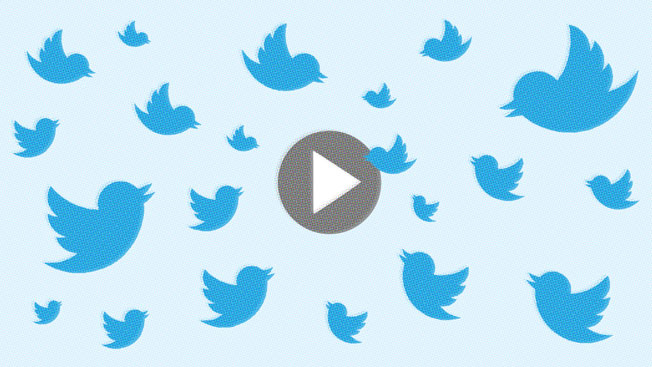Twitter is weighing a difficult decision, one that not only could disrupt the traditional order of things at the social network but also may well be the key to keeping up with Facebook and YouTube: to hit or not to hit autoplay on video.
Twitter is divided over whether to allow videos to simply start playing when users scroll over them. It is a feature already adopted by Facebook, but one that scares Twitter purists who don’t want it to stray farther from its text-based roots, according to industry insiders with knowledge of the company’s video strategy.
“It’s an argument that’s happening—a tug of war,” said one.
Twitter remains cautious, even though video has become an important tool for the service as consumers and brands have embraced it.
Twitter bought SnappyTV earlier this year, and its Amplify ad program, which relies heavily on video, is one area where it has a jump on Facebook. Amplify allows Twitter to partner with sports and entertainment brands like the NFL, which share videos against which the brands sell sponsorships. Twitter said 25 campaigns are currently live on Amplify, a peek for the program. Since launching last year, there have been more than 100 Amplify partnerships touching on everything from the Oscars to the National Basketball Association.
The debate over autoplay is not a trivial one—it would be a major shift on a platform still struggling to find the right formula to appeal to the widest number of consumers.
In a worrying sign just last week, Instagram surpassed Twitter in the number of total users—300 million versus 284 million. Facebook-owned Instagram also has tremendous video potential.
Since launching autoplay earlier this year, Facebook has been catching up to YouTube in views. In September, Facebook said it was showing 1 billion videos per day. The Twitter source, who has seen the latest numbers, said that figure has already grown to 3 billion.
The insider added that the completion rate—where viewers watch the entirety of a video—is “mind-boggling,” suggesting that autoplay is a winning strategy and something Twitter ought to implement, even at the risk of upsetting some users.
Meanwhile, “Google is freaking out,” said a media agency executive, as Facebook attempts to poach YouTube talent in order to improve the quality of its video offerings. YouTube has gone on the defensive with lucrative counteroffers in exchange for exclusivity.
When it comes to the video space in general, Twitter is seen as playing catch-up. It still lacks sophistication in regard to the analytics brands and agencies demand, and it remains in need of better targeting capability when it comes to serving videos to a custom audience, as Facebook does.
Where Twitter has an advantage is in the affordability of its video ads, which amount to about 2 cents per view, per the Twitter source. Video can cost marketers up to $1 per view via other social platforms.
Brands are eager to see Twitter adopt autoplay since it has proved to be such a hit on Facebook. “Think about what they would be able to do for the Amplify product,” the insider said. “They’d be able to sell on it like crazy.”








